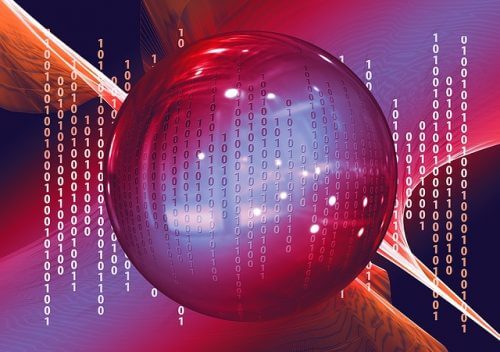Researchers were able to demonstrate, for the first time ever, a neural network based on spintronics
[Translation by Dr. Nachmani Moshe]

Researchers from Tohoku University in Japan were able to demonstrate, for the first time ever, the basic operation of artificial intelligence based on spintronics. Artificial intelligence, which imitates the brain's information processing activity and is capable of quickly performing complex and complicated tasks such as visual recognition and weather forecasts, is receiving increasing attention, and is already being used in practical applications today. The artificial intelligence that is used today is based on the technology of integrated circuits that operate on the basis of semiconductors. At the same time, such systems lack the compactness and economy of the human brain. In order to overcome this limitation, an attempt was made to use a single solid-state device that mimics the activity of the synapse.
The researchers succeeded in developing an artificial neural network based on their recently developed spintronic devices, which consist of magnetic micromaterial. The spintronic device is able to remember values between zero (0) and one (1) in a way that is not similar to normal magnetic devices, and therefore it can effectively perform the learning operation, an operation that is used by the synapses in the brain. With the help of the developed network, the researchers examined the operation of associative memory, which is not common at all in existing computers. After conducting experiments, the researchers were able to confirm that the spintronic devices have the ability to learn.
The demonstration of the proof of feasibility within the framework of this research is expected to open new horizons in artificial intelligence technology - compact systems in size that can simultaneously achieve fast processing capabilities and extremely economical energy consumption. These features will allow artificial intelligence to be used in a wide range of social applications such as image/voice recognition, wearable devices, detector networks and robots in the field of nursing.
![Three types of patterns, "I", "C" and "T", expressed in 3x3 arrays were used for associative memory activation. [Courtesy: Shunsuke Fukami (Tohoku University)]](https://www.hayadan.org.il/images/content3/2016/12/new20161219_31.jpg)
The article is about the research
More of the topic in Hayadan:
The combination of spintronics and nanotechnology will make it possible to replace the current electronics when the limit of physical capacity is reached
The next twenty years of microchips
The next quantum leap
Engineers demonstrate the capability of superfast materials

2 תגובות
The article is very unclear.
I don't expect a summary of the complex article, but the minimum is to explain the complex terms and give motivation,
I deal quite a bit with ANN and deep learning and it was difficult for me to follow or understand what you wrote without checking the terms.
Save people the time and frustration and add explanations or take down the article.
I am sure that everyone except me knows what spintronics is and what those "spintronic devices" are, and therefore they also understand what is hidden behind the sentence "the spintronic device is able to remember values between zero (0) and one (1) in a way that is not similar to normal magnetic devices" and how it follows that "Therefore, he can effectively carry out the learning process".